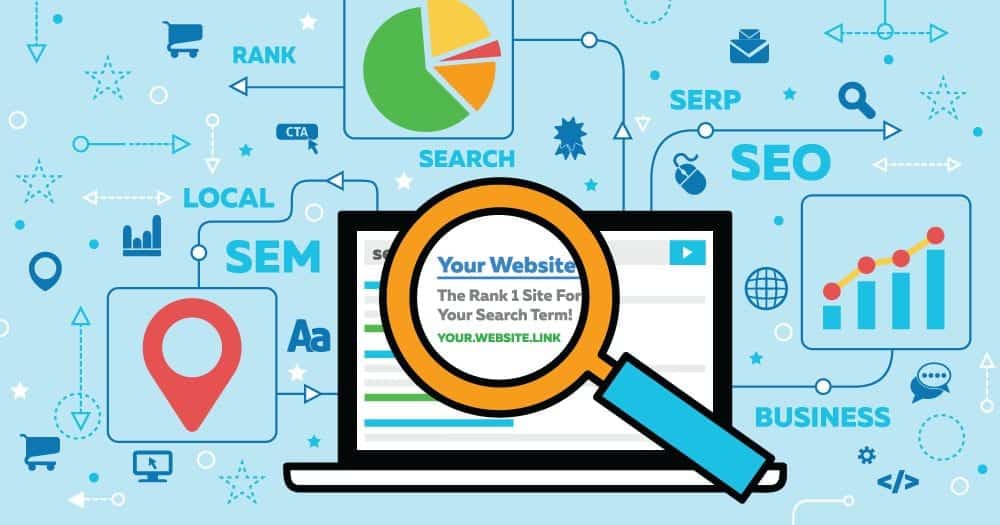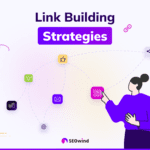
Enhance Your SEO with These Image Optimization Tips
How to Optimize Your Images for Better SEO is crucial for improving your website’s visibility and ranking on search engines. Image optimization plays a significant role in enhancing user experience, increasing page load speed, and ultimately boosting your site’s SEO performance. By following these image optimization tips, you can maximize the potential of your visuals to drive more organic traffic and improve overall search engine rankings.
Image optimization is a crucial aspect of SEO that often gets overlooked. When done correctly, it can significantly improve your website’s search engine rankings and drive more organic traffic to your site. Search engines like Google consider various factors when ranking websites, and images play a significant role in this process. By optimizing your images with relevant keywords, descriptive file names, and alt text, you can make it easier for search engines to understand the content of your images and index them properly.
In addition to improving your website’s visibility in search results, image optimization also enhances the user experience. Optimized images load faster, which can reduce bounce rates and keep visitors engaged on your site for longer. This can ultimately lead to higher conversion rates and increased sales or leads. Furthermore, properly optimized images are more likely to be shared on social media platforms, increasing your brand visibility and driving more traffic to your site. Overall, investing time and effort into image optimization can have a significant impact on your SEO efforts and help you achieve better results in the long run.
When it comes to optimizing images for SEO, one essential best practice is to use descriptive and relevant file names. This means that instead of using generic names like “IMG_1234.jpg,” you should incorporate keywords that accurately describe the image content. For example, if you have a picture of a red dress, a more SEO-friendly file name could be “red-dress-fashion.jpg.” By doing this, search engines can better understand what the image is about and improve its chances of appearing in relevant search results.
Additionally, it is important to use hyphens to separate words in the file name, as search engines recognize hyphens as word separators. This makes it easier for search engine crawlers to interpret the content of the image and index it accordingly. Avoid using spaces or underscores in file names, as they can negatively impact SEO. By following these simple practices and incorporating relevant keywords into your image file names, you can enhance your website’s overall SEO performance and increase visibility in image search results.
Alt text, or alternative text, is a crucial element of image optimization for SEO. When you add alt text to your images, you are providing search engines with valuable information about what the image is showing. This not only helps search engines understand your content better but also improves the accessibility of your website for visually impaired users who rely on screen readers. To optimize your alt text for SEO, make sure to include relevant keywords that accurately describe the image. Avoid using generic phrases like “image1234.jpg” and instead be descriptive and specific.
By utilizing alt text effectively, you can boost your website’s search engine rankings and drive more organic traffic to your site. Search engines like Google use alt text to index and rank images, so including optimized alt text can help your images appear in relevant search results. Additionally, alt text can also improve the overall user experience on your website by providing context and clarity to visually impaired users and those with slow internet connections who may not be able to load images properly. In conclusion, optimizing your alt text is a simple yet powerful way to enhance your SEO efforts and make your website more accessible and user-friendly.
Choosing the right image format is crucial for optimizing your website for SEO. The two most common image formats used on the web are JPEG and PNG. JPEG is best for photographs or images with lots of colors, while PNG is better for images with text or logos that require a transparent background. By choosing the right image format, you can ensure that your images load quickly and efficiently on your website, which can improve user experience and ultimately boost your SEO rankings.
When deciding on the image format to use, consider the purpose of the image and how it will be displayed on your website. If you prioritize fast loading times, go for JPEG as it compresses file sizes without sacrificing quality. On the other hand, if you need a high-quality image with transparency, opt for PNG. By making informed choices about image formats, you can enhance your website’s performance, improve user engagement, and ultimately increase your chances of ranking higher in search engine results.
Optimizing image size and compression is crucial for enhancing your website’s SEO performance. Large image files can slow down your site’s loading speed, which can negatively impact your search engine rankings. To improve your SEO, consider resizing and compressing your images to reduce their file size without compromising quality. This will help your web pages load faster, providing a better user experience and signaling to search engines that your site is well-maintained and user-friendly.
By optimizing image size and compression, you can also save bandwidth and storage space on your server, leading to cost savings and improved website performance. Additionally, properly optimized images can be indexed more easily by search engines, making them more likely to appear in image search results and driving more organic traffic to your site. Remember to use descriptive filenames and alt text for your images to further enhance their visibility and relevance in search engine results pages. Overall, optimizing image size and compression is a simple yet effective way to boost your website’s SEO and attract more visitors.
Adding descriptive image captions to your website is a crucial aspect of SEO image optimization. When search engines crawl your site, they rely on these captions to understand the context and relevance of your images. By implementing descriptive captions that are rich in relevant keywords, you can improve your website’s visibility in search results and drive more organic traffic.
To optimize your image captions for SEO, make sure to include detailed descriptions that accurately reflect the content of the image. Avoid using generic or vague captions and instead focus on using specific keywords that are related to the image and your overall content. Incorporating relevant keywords in your image captions can help search engines index your images better, increasing the likelihood of them appearing in relevant searches.
Incorporating descriptive image captions not only improves your website’s SEO but also enhances user experience by providing valuable information about the images. By taking the time to create optimized captions for your images, you can boost your site’s visibility, attract more visitors, and ultimately drive more conversions.
Image sitemaps are a powerful tool for improving your website’s SEO performance. By creating and submitting an image sitemap to search engines, you are providing them with a comprehensive list of all the images on your site, along with relevant metadata. This helps search engines better understand and index your images, increasing the chances of them appearing in image search results.
Including images in your sitemap also helps improve the overall crawlability of your site. When search engines can easily find and index your images, it can lead to better visibility and rankings for your website as a whole. Additionally, by optimizing your image sitemap with descriptive filenames, alt text, and captions, you can further enhance the relevance and authority of your images in search results. Overall, leveraging image sitemaps is a simple yet effective way to boost your SEO efforts and drive more organic traffic to your site.
Image optimization is a crucial aspect of SEO that is often overlooked. One common mistake to avoid is using large, uncompressed images on your website. These can slow down your site’s loading speed, which can negatively impact your SEO rankings. To optimize your images, make sure to compress them without sacrificing quality.
Another mistake to avoid is neglecting to include alt text for your images. Alt text is a brief description of the image that helps search engines understand what the image is about. This not only improves accessibility for visually impaired users but also helps search engines index your images properly, boosting your SEO efforts.
Lastly, make sure to use descriptive file names for your images instead of generic ones like “image123.jpg.” This can provide additional context for search engines and improve the chances of your images appearing in relevant searches. By avoiding these common mistakes and following these image optimization tips, you can enhance your SEO efforts and improve your website’s visibility online.
Responsive design is crucial for image SEO as it ensures that images are displayed correctly and load quickly across all devices, including desktops, tablets, and smartphones. When a website is responsive, images automatically adjust their size and resolution based on the screen size of the device being used. This not only improves user experience but also signals to search engines that the website is mobile-friendly, which can boost its rankings in search results.
By implementing responsive design, website owners can optimize their images for SEO by ensuring that they are properly scaled and compressed for faster loading times. This is important because site speed is a key factor in search engine rankings, and large, unoptimized images can slow down a website’s performance. Additionally, responsive design helps to reduce bounce rates and increase user engagement, which are also important metrics that search engines consider when determining a website’s relevance and authority. In summary, responsive design plays a crucial role in image SEO by improving user experience, site speed, and overall search engine visibility.




